On the Right Track Transit expert Ethan Elkind’s lecture at UCLA Luskin covers railways in Los Angeles from the 1800s to today
By Zev Hurwitz
In a city famous for traffic jams and rush-hour gridlock, a return to rail may be putting Los Angeles on the right track.
Rail lines and transit policy were the focus of a UCLA Luskin School of Public Affairs lecture delivered by professor Ethan Elkind, director of the Climate Program at the UC Berkeley School of Law’s Center for Law, Energy and the Environment (CLEE) on Jan. 25, 2017. Elkind spoke about the history of rail transit in Los Angeles and what the future for trains in the county might look like.
Elkind began with a discussion about the early years of Los Angeles rail. Prior to the rise of the automobile, Los Angeles developed a complex system of electric streetcars, which became the primary mode of public transportation for the region.
“At its heyday, there were 1,164 miles of electric streetcars, covering four counties,” Elkind said. “By 1911, the average Angeleno rode the system at least one ride per day.”
Elkind displayed a map of the old Pacific Electric Railway system and its vast number of routes crisscrossing Southern California — a far cry from the relatively modest number of rail lines in Los Angeles today.
“For many Angelenos, they look at this map and it’s hard not to break down in tears at what used to be,” he said. “From Santa Monica to the San Gabriel Mountains you could literally get wherever you needed to go.”
The last streetcar ride took place in 1961, the demise attributed in part to a shift toward policies that favored automobile drivers, such as widening of streets and development of parking. Additionally, the street cars faced their own popularity decline, due in part to poor maintenance, scheduling issues and operator strikes.
Explosive population growth bred traffic congestion, Elkind said, which led one public figure to make addressing transportation a top issue.
“In 1973, City Councilman Tom Bradley ran for mayor of Los Angeles and for the first time made transit a priority,” Elkind said, noting an “overly ambitious” campaign promise by Bradley to break ground on a new rail line within 18 months of his inauguration.
Rail development in the 1970s was an attractive proposition for municipalities because the federal government granted 80 percent of the funds needed to construct a new rail line, contingent on a 20 percent match by local governments.
Ultimately, several tax-raising measures were passed by county voters that paved the way for the first crop of new rail lines in Los Angeles, beginning with a downtown-to-Long Beach route that opened as the Metro Blue Line in 1990 — nearly 20 years after Bradley’s 18-month promise.
Today, 105 miles of railway track reach different corners of Los Angeles County and draw more than 360,000 riders daily. More tracks are on the way, thanks to the 2016 passage of Proposition M, which raised sales taxes to pay for new rail projects, including an extension of the Purple Line subway to Westwood and a Green Line connector to LAX.
“Two cents of every dollar now go into transit,” Elkind said of Measure M’s passage. “It’s a big win. It will generate over $30 billion for transit over the next 40 years.”
Some obstacles remain for transit in Los Angeles, including an ongoing struggle to make projects more cost effective and efficient and keeping pace with continuing population growth for the region.
Elkind drew much of the material for his lecture from the research for his 2014 book, “Railtown: The Fight for the Los Angeles Metro Rail and the Future of the City.”
Zev Yaroslavsky, former Los Angeles county supervisor and director of the Los Angeles Initiative at UCLA Luskin, introduced Elkind — noting that Elkind had spoken earlier in the day to Yaroslavsky’s undergraduate capstone seminar about the history of transportation in Los Angeles.
“There are a lot of exciting dynamics that are going on in Los Angeles and Southern California in public transportation that are changing the face of the region,” Yaroslavsky said.
The event drew a big crowd that included Luskin and other UCLA students, as well as community members. The lecture was also streamed live online.
First-year MPP student Estefania Zavala attended the lecture because of her interest in transportation policy. “I think it was really interesting to hear about how equity plays a role in the system and what introducing a new Metro station in a really impoverished neighborhood does to gentrifying that neighborhood,” she said. “That’s really interesting to me as a graduate student.”
Transit issues are also personal to her. “It was a little bit frustrating just to hear about inefficiently the system has been laid out,” Zavala said, noting that, as a commuter from Azusa, she wishes that better transit options existed to get her to Westwood.
The Public Policy Department at the Luskin School of Public Affairs co-sponsored the event with the Department of History and the Lewis Center for Regional Policy Studies.
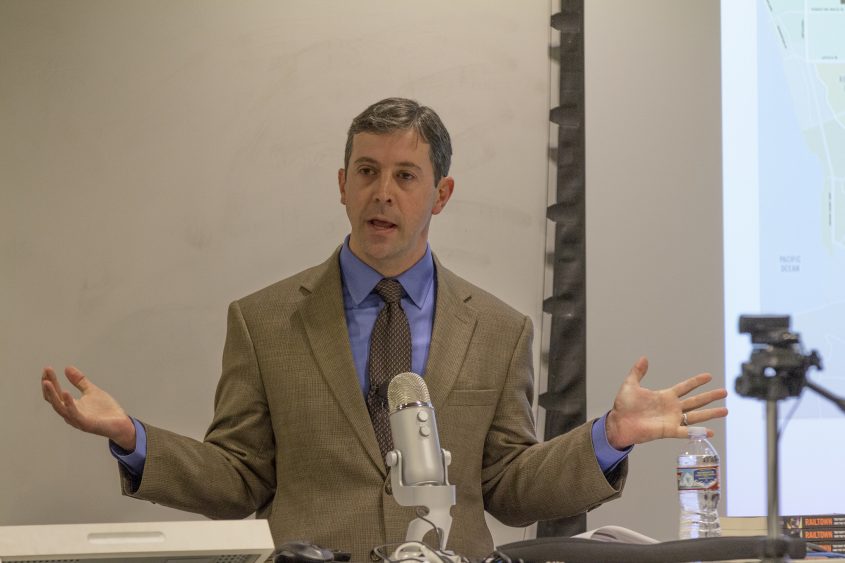
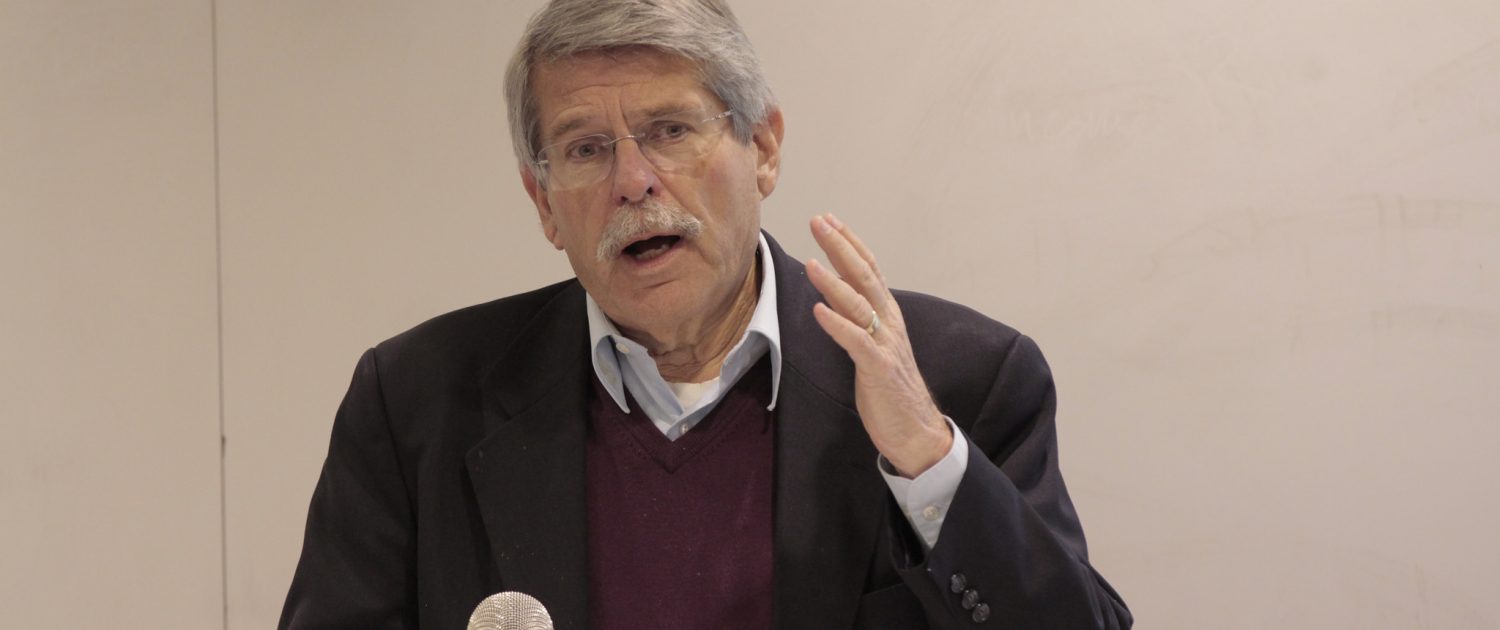


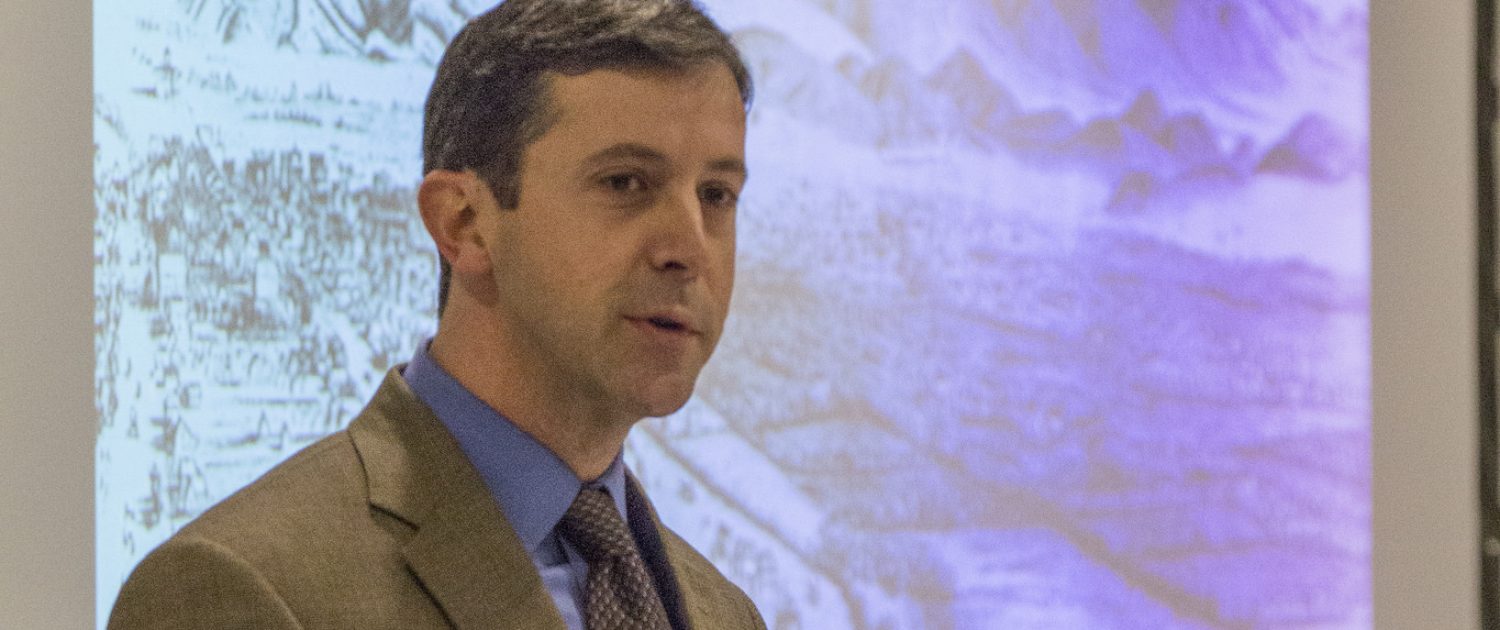

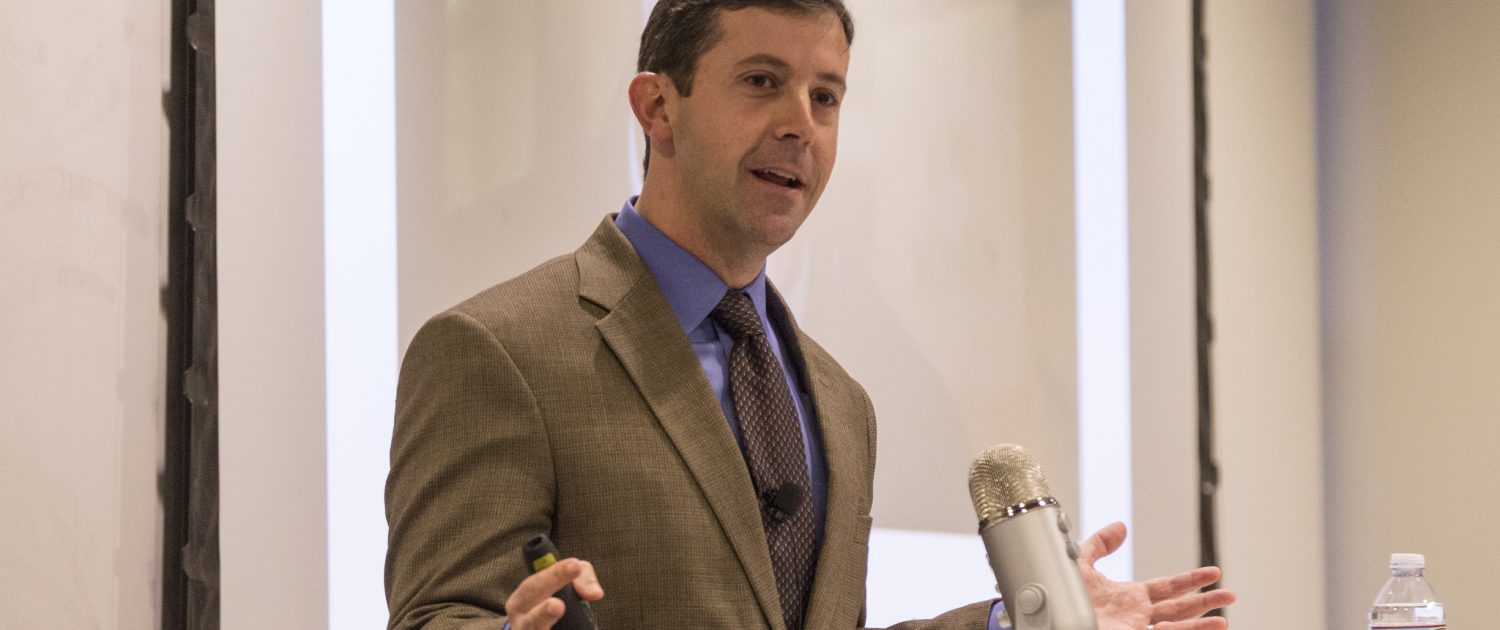


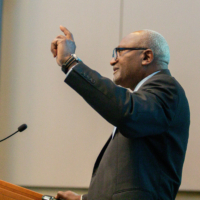
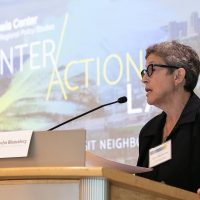
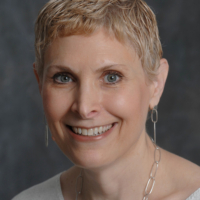


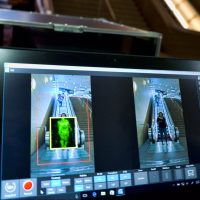



Leave a Reply
Want to join the discussion?Feel free to contribute!